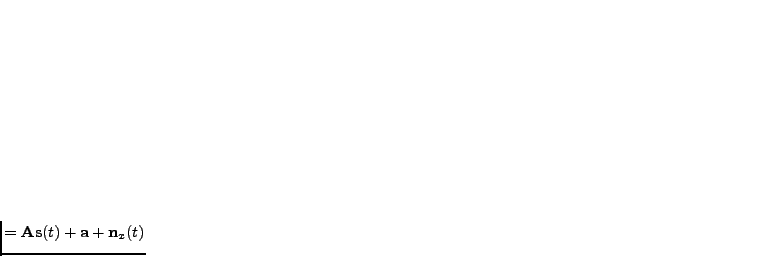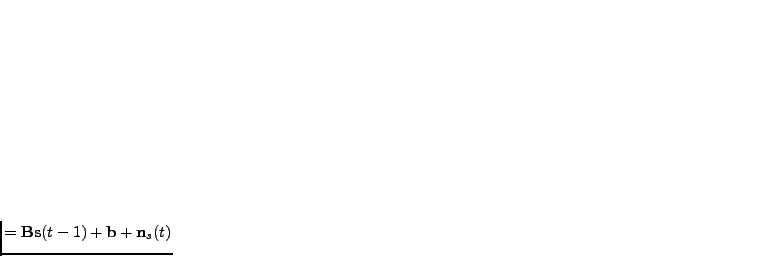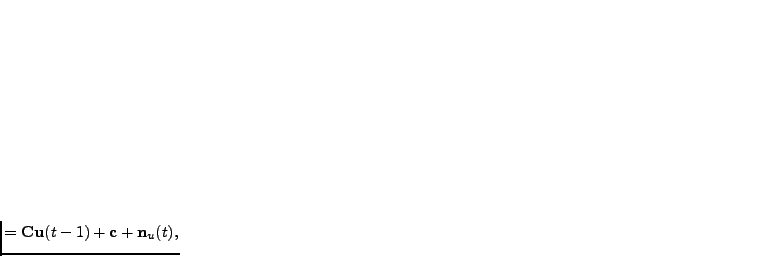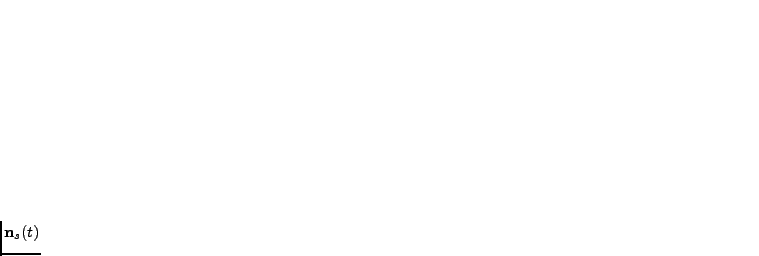



Next: Hierarchical nonlinear factor analysis
Up: Bayes Blocks for nonlinear
Previous: Bayes Blocks for nonlinear
Contents
Variance modelling
In many models, variances are assumed to have constant values although
this assumption is often unrealistic in practice. Joint modelling of
means and variances is difficult in many learning approaches, because
it can give rise to infinite probability densities. In Bayesian
methods where sampling is employed, the difficulties with infinite
probability densities are avoided, but these methods are not efficient
enough for very large models. The Bayes Blocks allow to build
hierarchical or dynamical models for the variance.
The Bayes Blocks framework was used by Valpola et al. (2004) to
jointly model both variances and means in biomedical MEG data. The
same approach can be used to translate any model for a mean to a model
for a variance, so a large number of models in the literature could be
explored as models for variance as well.
The left subfigure of Figure 4.5 shows how linear
state-space model (see Section 3.1.6) is built using Bayes
Blocks. It can be extended
into a model for both means and variances as depicted
graphically in the right subfigure of Figure 4.5. The variance sources
 characterise the innovation process of
characterise the innovation process of
 , in
effect telling how much the signal differs from the predicted one but
not in which direction it is changing. Both regular sources
, in
effect telling how much the signal differs from the predicted one but
not in which direction it is changing. Both regular sources
 and variance sources
and variance sources
 are modelled dynamically by using
one-step recursive prediction model for them. The model
equations are:
are modelled dynamically by using
one-step recursive prediction model for them. The model
equations are:
 |
 |
(4.14) |
 |
 |
(4.15) |
 |
![$\displaystyle = \mathcal{N}\left(n_{si}(t);0,\exp\left[-u_i(t)\right]\right)$](img264.png) |
(4.16) |
 |
 |
(4.17) |
where the variance of  , the
, the  th component of the noise
vector
th component of the noise
vector
 , is determined by the variance source
, is determined by the variance source  .
.
Figure 4.5:
Model structures represented using the blocks in
Figure 4.4. Observed variables are shaded. Left: A linear Gaussian state-space model. Right: A dynamic
model for the variances of the sources which also have a recurrent
dynamic model.
|
|




Next: Hierarchical nonlinear factor analysis
Up: Bayes Blocks for nonlinear
Previous: Bayes Blocks for nonlinear
Contents
Tapani Raiko
2006-11-21
 characterise the innovation process of
characterise the innovation process of
 , in
effect telling how much the signal differs from the predicted one but
not in which direction it is changing. Both regular sources
, in
effect telling how much the signal differs from the predicted one but
not in which direction it is changing. Both regular sources
 and variance sources
and variance sources
 are modelled dynamically by using
one-step recursive prediction model for them. The model
equations are:
are modelled dynamically by using
one-step recursive prediction model for them. The model
equations are:





![$\displaystyle = \mathcal{N}\left(n_{si}(t);0,\exp\left[-u_i(t)\right]\right)$](img264.png)


 , the
, the  th component of the noise
vector
th component of the noise
vector
 , is determined by the variance source
, is determined by the variance source  .
.
![\includegraphics[width=0.2\textwidth]{kalman}](img269.png)
![\includegraphics[width=0.45\textwidth]{vardyn}](img270.png)